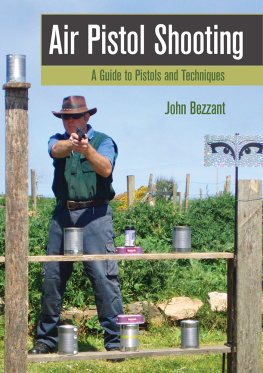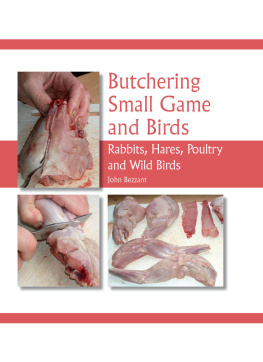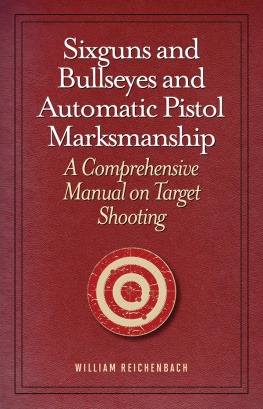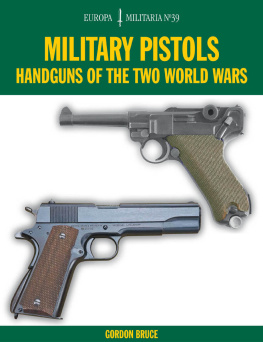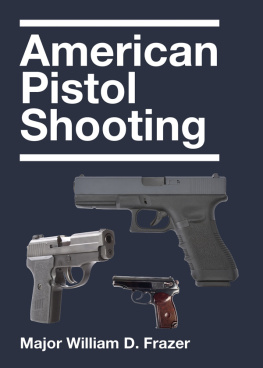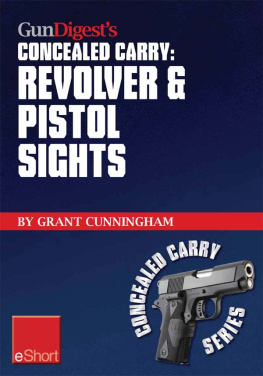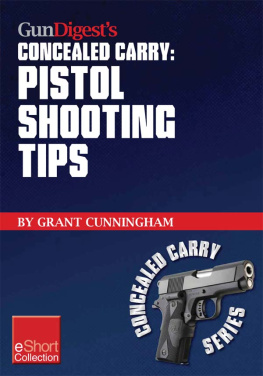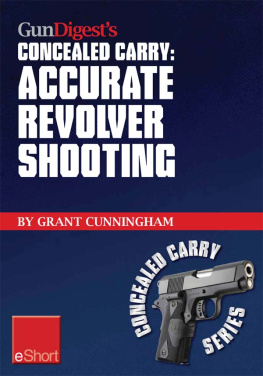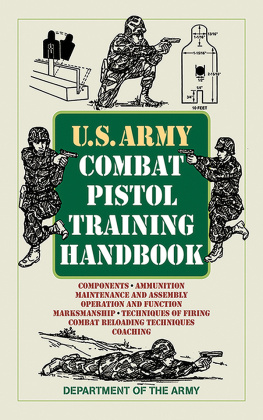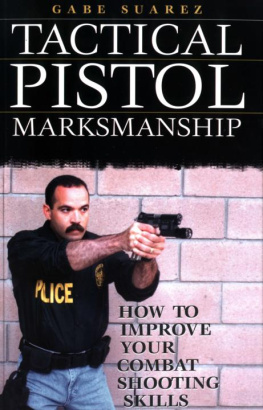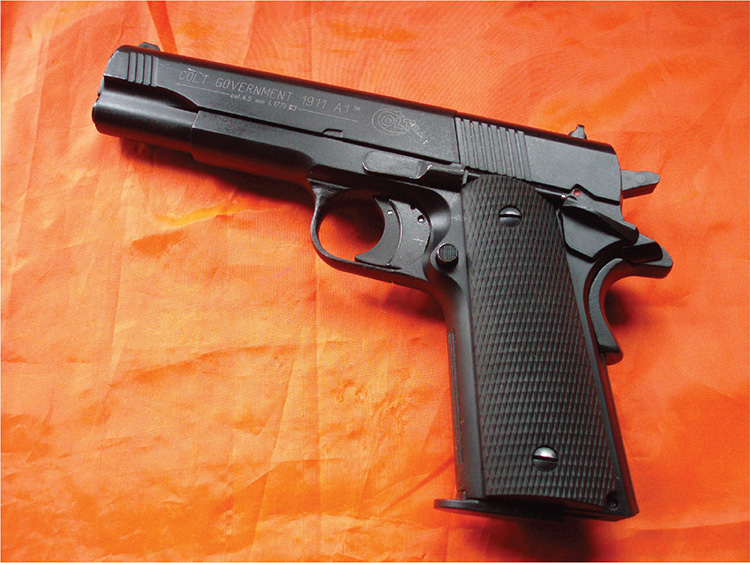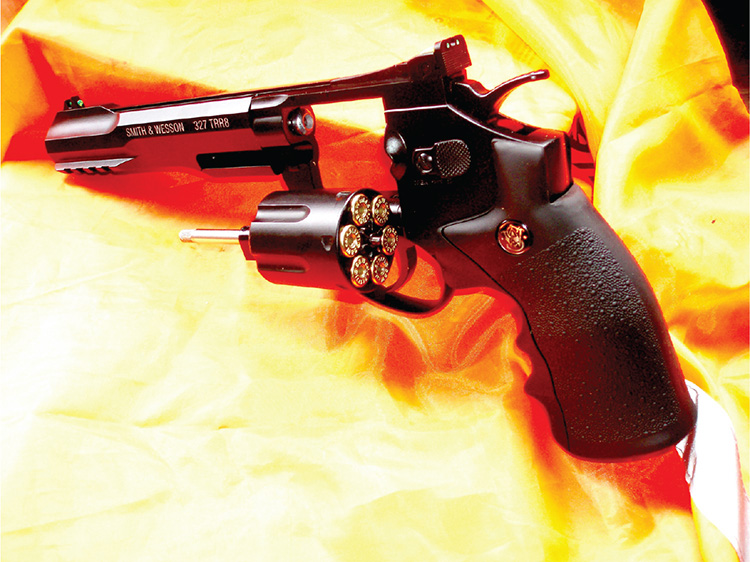Smith & Wesson revolver.
The Law
Understanding the laws governing the ownership and use of an air pistol is the essential starting point for anyone wishing to take up the pastime of pistol shooting.
What is an Air Pistol?
Let us begin with a clear definition of the term air pistol. An air pistol is a pistol that uses air as the propulsive force to discharge a projectile: this applies to both spring-operated pistols and pneumatic pistols. The designation air pistol is also given to pistols powered by compressed CO (carbon dioxide), though strictly speaking such pistols are gas-powered as they use CO gas rather than air. In the UK the legal upper limit for the power output of an air pistol is 6ft/lb: any air pistol with a greater power output than this is illegal and the use or ownership of it would leave you open to prosecution under the law.
In the USA, where gun laws are far less stringent, air pistols can exhibit 30ft/lb of power or more, but such a high level of power is not really necessary. Certainly, the greater the power the greater the range. But long-range shooting cannot be classified as more challenging than close-range shooting as both can be practised in such a manner that marksmanship is tested to the fullest extent. The key to this is the selection of the appropriately scaled target for the range being shot over. At 1 mile a skilled rifleman could hit a grapefruit but not a five pence coin. At 10yd a grapefruit would be a huge target that would be hard to miss, but a five pence coin would present a considerable challenge for any marksman. The law may only allow us to use a pistol of very low power, but such a limitation does not stop the knowledgeable shooter from engaging in extreme challenges of skill.
Age Limits
A legal air pistol is, then, a pistol that is air or CO powered that does not exhibit more than 6ft/lb of power, but who can own such a pistol? There is no requirement for a firearms certificate of any kind in order to own an air pistol: the only legal requirement for the ownership of an air pistol is that the owner be aged 18 years or more. Under the age of 18 ownership of an air pistol is an offence, so you cannot make a gift of an air pistol to anyone under the age of 18. However, this does not prohibit persons under the age of 18 from shooting an air pistol: from the age of 14 it is legal for a youngster to use an air pistol unsupervised on land where permission has been given by the landowner for the youngster to shoot. The air pistol they use must, however, only be on loan and be owned by a person of 18 or over.
Under the age of 14 a youngster may only use an air pistol under the strict supervision of a person aged 21 or above. The law does not stipulate that the supervising adult needs to posses any form of coaching certificate or that they should be able to prove competency in any other way. To my mind there should be a minimum standard that is recognized by some kind of registration before a person is allowed to give tuition to youngsters, for simply attaining the age of 21 does not qualify a person to teach safe pistol handling skills. You will find that most of those using air weapons of one kind or another will ardently object to any kind of licensing scheme, but I am not one. I believe that before anyone is allowed to own an air weapon they should have to attend a compulsory three-hour teaching session at a rifle club that results in the awarding of a certificate of basic competency. Why this simple measure is not put into law is beyond me, as it would ensure that all air weapons users would have a firm grounding in correct safety procedures, which is not the case at present.
Transporting Air Pistols
No person under the age of 18 may legally transport an air pistol through a public place. When transporting an air pistol in a public place, do not be tempted to carry the pistol in a holster beneath your clothing for such a method of carry is not legal. If you were foolish enough to carry an air pistol in such a concealed carry mode you could find yourself being stopped by armed police officers and, since many air pistols look identical to live-fire pistols, you would be placing yourself in a very dangerous situation. Air pistols when transported must be carried in some form of secure facility, such as an aluminium case.
The law does not go into what is meant by a secure facility but I interpret it as referring to a lockable facility. When transporting pistols they must be unloaded and it is not sufficient for the magazine to be removed from the pistol: the magazine itself must be in what is termed a non-battery state, that is to say, the magazine must be completely empty of projectiles. It is also a good idea to carry your ammunition and magazines in separate lockable facilities.
Where Can Air Pistols be Used?
The simple answer to this question is on any land where the permission of the landowner has been given for shooting to take place. There is no stipulation as to the type of land: so as long as you have full permission, you can shoot on farmland, in the back garden or upon recreational land. There is one restriction, however, and that is that you may not shoot within 15yd of the centre of a public highway, footpath or bridleway. Even if you have the landowners permission to shoot upon the land, if you are shooting within 15yd of the centre of one of these rights of way you are committing an offence.
It is perfectly legal for a person to shoot an air pistol in their back garden, but you must bear in mind that any projectile fired by you that leaves the boundaries of your garden and enters the property of another will put you in breach of the law. Should that projectile strike a family pet, a child or property you will find yourself in very serious trouble, and rightly so.
If someone objects to your shooting you could begin by explaining that your activities are legal, but if they still object you should try to work out some kind of solution to any problems they may have. You could for example show the person with objections the stringent safety set-up that you have established in terms of your shooting range, and demonstrate the fact that air pistols exhibit a very low level of noise.

The correct means of carry when transporting pistols a sturdy, lockable case.
Range Construction
It is perfectly legal to shoot an air pistol in a back garden, but the question you must ask yourself is: is it safe? This question has to be taken very seriously because, legally, it is your responsibility to ensure that the air pistol is used in a safe and responsible manner. That means keeping any projectile fired within your boundaries, so you must understand how to build a suitable range. If the range you build is inadequate and a projectile is released onto someone elses land, you will be held accountable.
The construction of a range that is extremely safe to use will not be difficult for most people, the key to building a safe range being to use the right materials for its construction and the right dimensions. The purpose of a range is to capture each and every projectile that you fire from your pistols; this means not only those that maintain their forward trajectory after striking the target, but also those that ricochet in an upwards, sideways or rearwards direction. Ricochets occur when the pellet strikes a surface that is to hard for it to penetrate and so, like a rubber ball, it bounces off. Sometimes when a pellet strikes a hard surface it will flatten on impact, which has the effect of dissipating its energy, and it will drop harmlessly to the floor, but if the pellet maintains its shape partially or in full it will bounce back. A ricocheting pellet that has been discharged by a legal air pistol is unlikely to ricochet much more than 10yd, and the ricochet will generally be in a rearwards direction and slightly off to one side of the initial flight path. These ricochets only very rarely hit the shooter but it can happen, which is why eye protection should be worn when pistol shooting. The power of a ricochet is of course less than the power of the initial shot, but there is sufficient power to cause blindness should a strike occur to an unprotected eye; a strike to any other area of the body will not cause serious injury.

